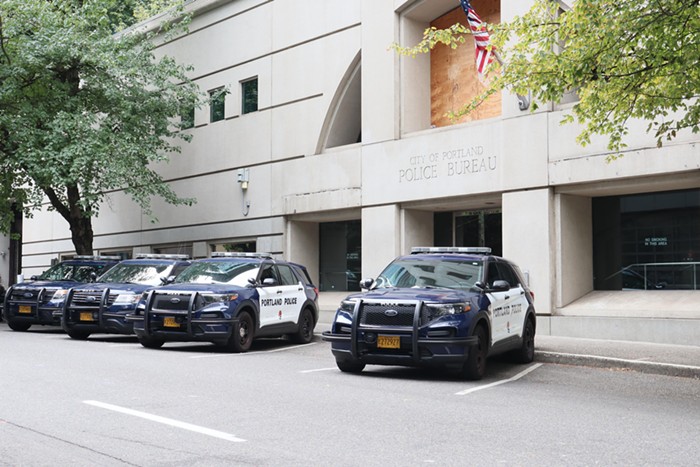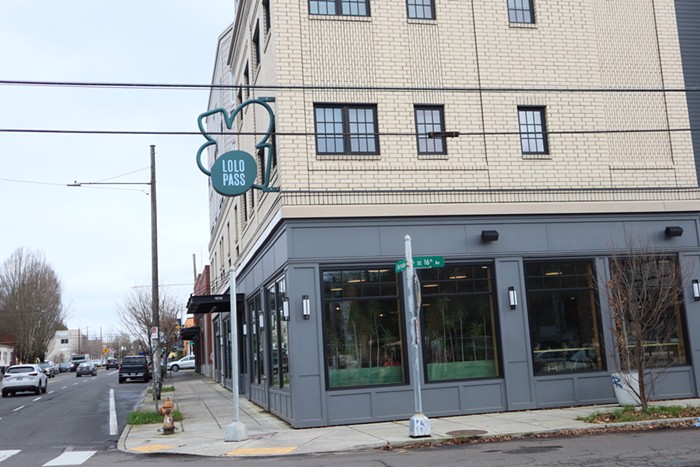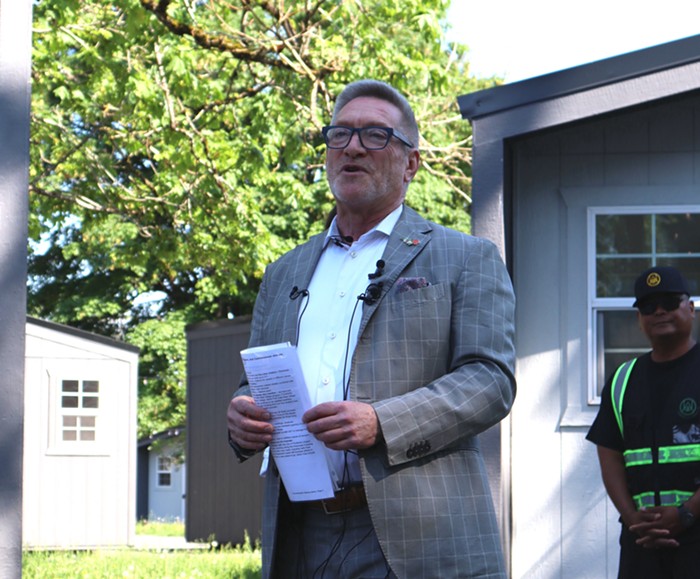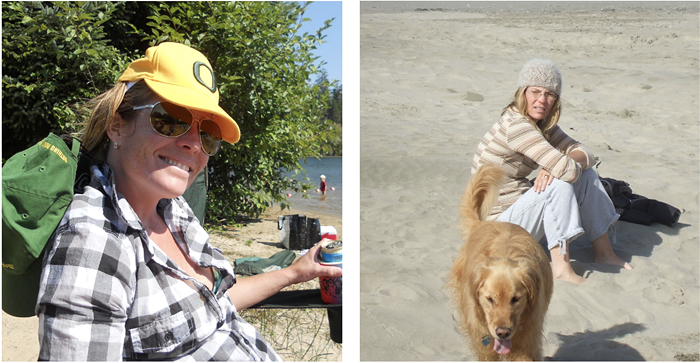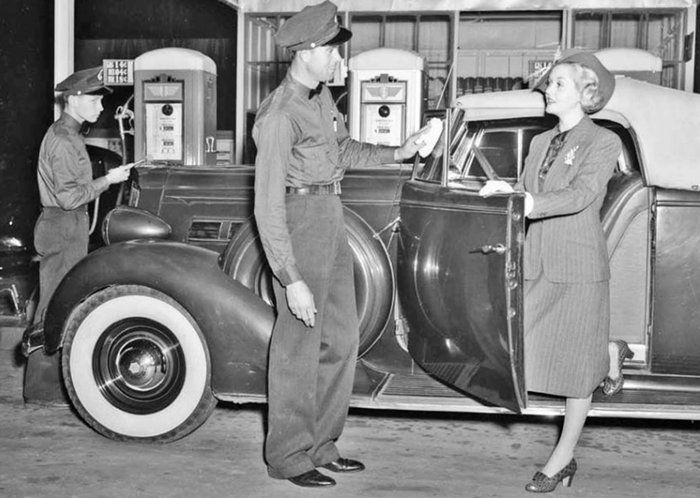Do We Have to Share Everything?
Rethinking the Division of Labor in Modern Parenting
True Book Reviews
The Matriarchy’s Approach to Parenting
Getting the Lead Out
A Water Quality Crisis Continues to Unfold In Portland Schools. Here’s What You Need to Know.
An Undiminished Life
How I Stopped Being a Disability Super Mom
Ask the Parent
“High Anxiety!”
Build a Better Parent
Teens and the Self-Esteem Monster
Parent to Parent
“Throwing Quarters”
Big Mother Is Watching
Apps to Help You Keep Tabs on Your Kids
WHEN KIDS head back to Portland Public Schools (PPS) on August 29, Superintendent Carole Smith will still be on vacation.
Smith announced abruptly on July 18 that she was taking three months of accrued leave, and retiring directly afterward—not at the end of next school year as previously planned. The surprise move followed a damning report, and has the PPS School Board scrambling to find a suitable replacement after nearly a decade of Smith’s leadership.
But the changes at the top may be the least noticeable thing students face when they return to their studies at the end of the summer. Months into PPS’ crisis over lead levels, revelations about water quality, radon readings, and a complete lack of oversight that might have ferreted out at least some of the problems years ago continue to unfold. That’s caused a lot of shuffling.
Probably the most striking difference in the new school year will be the way your kids view the many water fixtures—showers, sinks, old-timey eyewashes, faucets, and, yes, drinking fountains—sprouting from the walls in PPS’ 78 schools. They’ll be shut off, or flagged to be left alone, and students will instead be directed to get drinking water from five-gallon jugs to be delivered to each PPS building for the entire year.
The necessity of that sweeping move has only become clearer in recent days. The comprehensive testing the school district ordered in March—notably before the lead crisis got going in earnest a couple of months later—has revealed the vast majority of schools have one or more fixtures spewing lead-tainted water.
“The school district is making every effort to put the health and safety of every child at the forefront of their actions,” PPS Board Member Steve Buel told True Parent, when asked how parents should feel about their kids’ safety in light of the revelations. “It may take some time to get to the point we need to be, but we are addressing the immediate safety needs of children first. Hopefully, every parent will help us in this endeavor.”
(TP asked all seven members of the school board, along with a district spokesperson, what parents should make of the crisis. Buel was the only one to respond by deadline.)
No amount of lead in water is safe—the metal is a potent neurotoxin, particularly for children—but the US Environmental Protection Agency (EPA) recommends action be taken when 20 parts per billion or higher of lead are detected. For its testing, PPS elected to flag faucets that turn up samples of 15 parts per billion or higher.
And some are far, far higher. A second-floor faucet at Grant High School spouted water that contained a stunning 57,600 parts per billion of lead, according to results PPS has been posting on its website. KGW noted that’s nearly four times the highest lead reading taken from water in Flint, Michigan—the city whose travails with lead-tainted water have sparked concerns around the country.
That Grant High faucet is an outlier only in degree. Dozens of other faucets in the school turned up excessive lead levels, many showing hundreds of parts per billion.
And Grant’s not remotely alone. Every one of the 75 schools whose tests had been released as of July 28 turned up at least one red flag. The only school without a high lead reading, Pioneer at Holladay Center, still turned up elevated copper levels in two kitchen sinks.
Lead and copper aren’t an issue in Portland’s water supply as a whole, but the Bull Run water the city’s proud of touting is corrosive. That means it can leach lead and copper from old pipes, like those found in aging, poorly maintained school buildings, as it evidently has been for some time.
How could this happen? Inattention, mainly. A 38-page study the PPS board ordered up, conducted by lawyers at Portland law firm Stoll Berne, painted a picture of a school district profoundly unequipped to monitor lead in its water, and caught off-guard when public scrutiny turned in that direction.
“For the past 15 years, PPS has had no established procedures or protocols for testing for elevated levels of lead in drinking water,” the report found.
That meant that lead testing was spotty, and not always necessarily followed up on as it should have been. The report also found that people in charge of monitoring lead in the water didn’t have training to do so, and that there was no mechanism for communicating problems to the upper echelons of the district.
All those findings and more make it easy to see how the lead controversy began. PPS found high lead levels in several water fixtures back in May, but didn’t stop students from using them for days, or alert parents in a timely fashion.
It’s a huge mess, in other words—which gets back to Smith’s vacation. Mere moments after the district released the Stoll Berne report on July 18, Smith gave word she was out immediately—first tapping 90 days of leave, then outright retiring.
“I have reached the decision that I need to move up the date of my departure,” Smith wrote in her announcement.
That cheered at least one school board member, Paul Anthony, as well as parents who’d been calling for Smith’s ouster since the lead crisis broke in May.
But what it ultimately means for the future of PPS is less clear. The district in June voted to allocate $5 million to “projects to remediate health and safety concerns.” But PPS also recently decided not to pursue a $750 million bond proposal in November, which would have helped pay for making schools safer, health-wise.
PPS has contracted with environmental consulting firm CH2M Hill, which is expected to issue a report on how the district should remediate its tainted water problem.
Meanwhile, water isn’t the only concern. In July, tests showed elevated lead levels in paint in a play area outside of Alameda School. PPS assumes that’s not limited to Alameda—there could be lead-based paint at any school built before the late ’70s. And that’s potentially far more hazardous than anything in the taps. As the school district has noted, there’s no record of someone in Portland getting lead poisoning from water.
“Health department investigations have traced lead poisoning in children in our community to numerous sources including paint, metal scrapping, hobbies, pottery, and a teapot from a yard sale,” the district said in a communication July 12.
